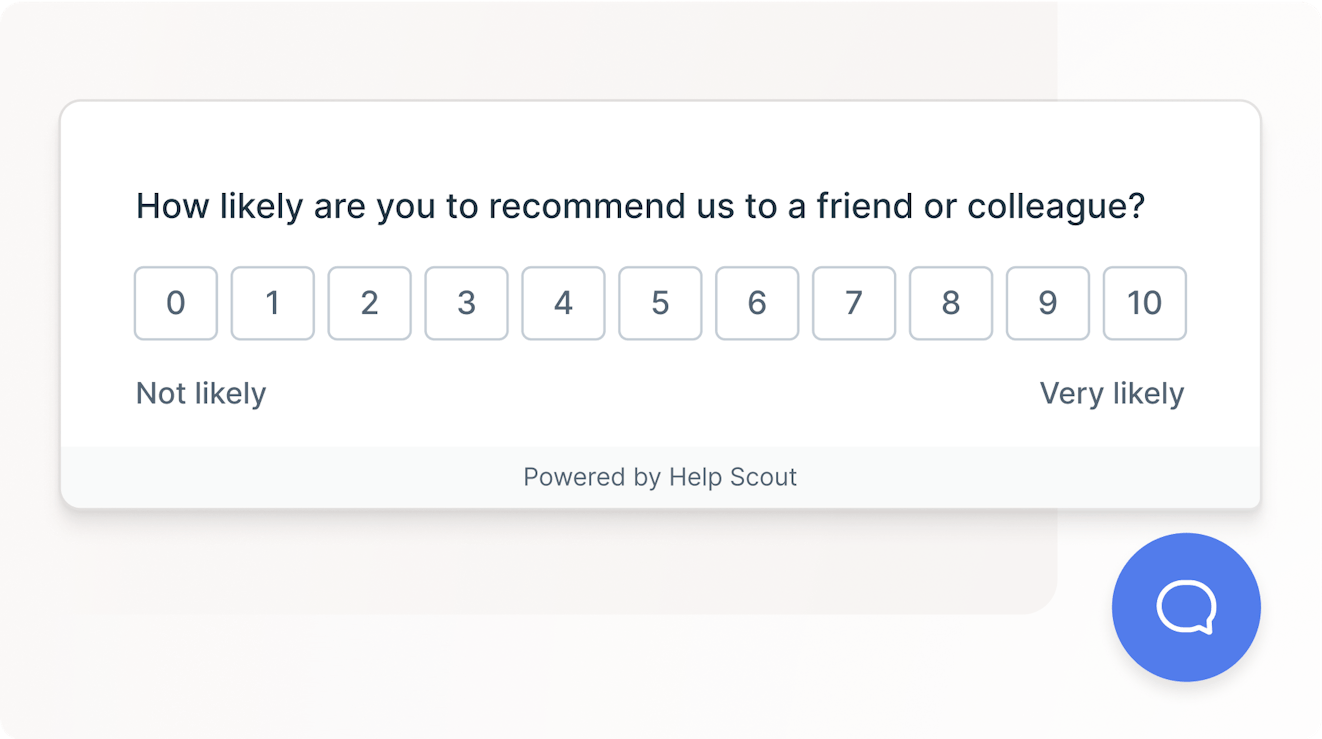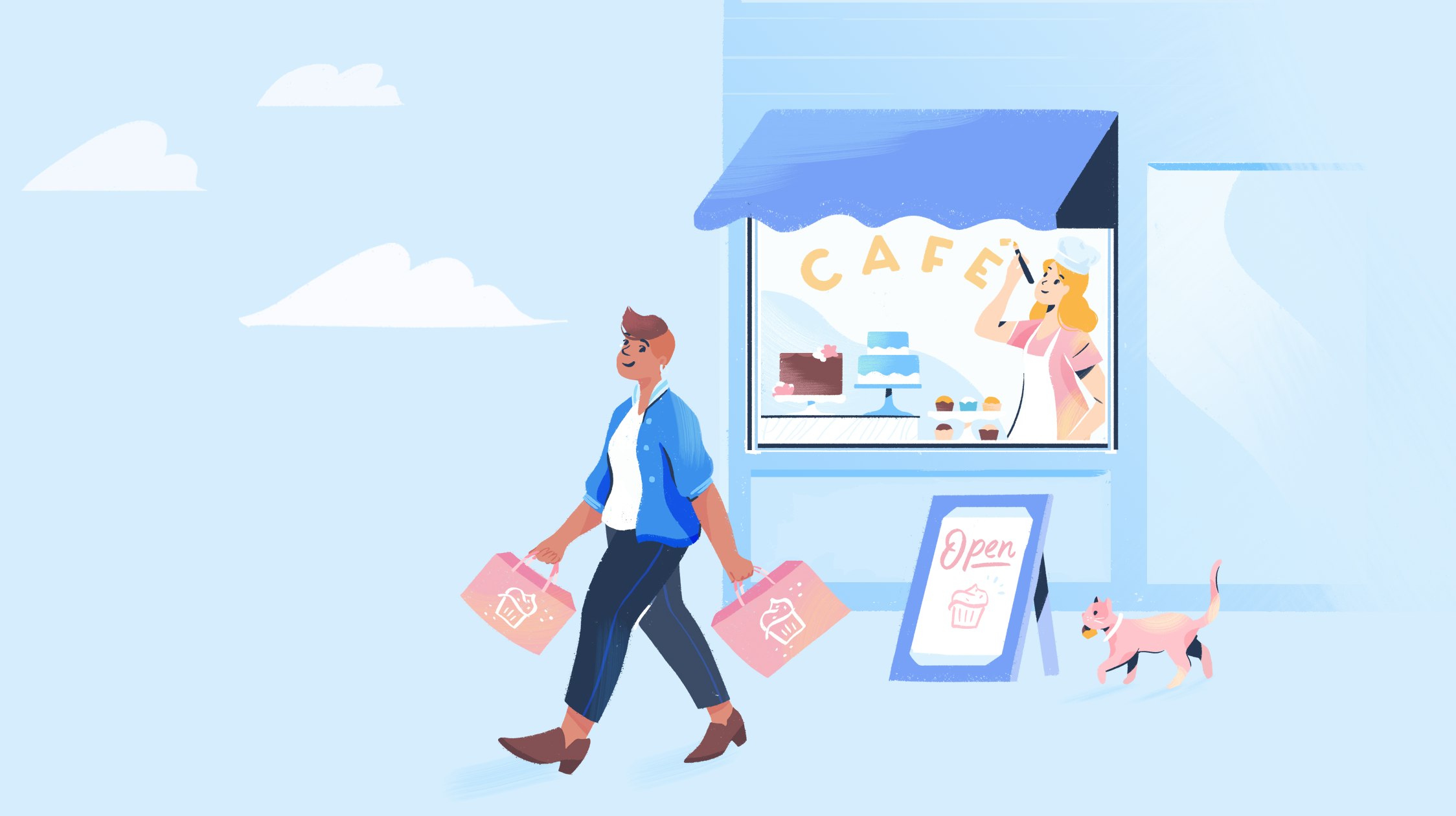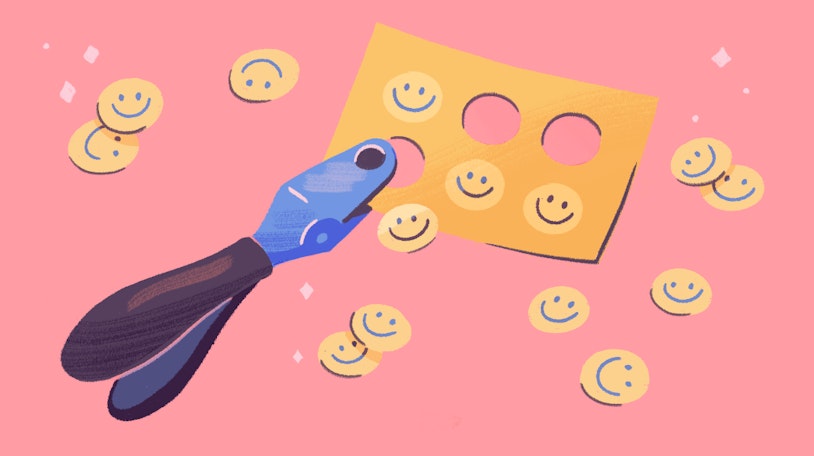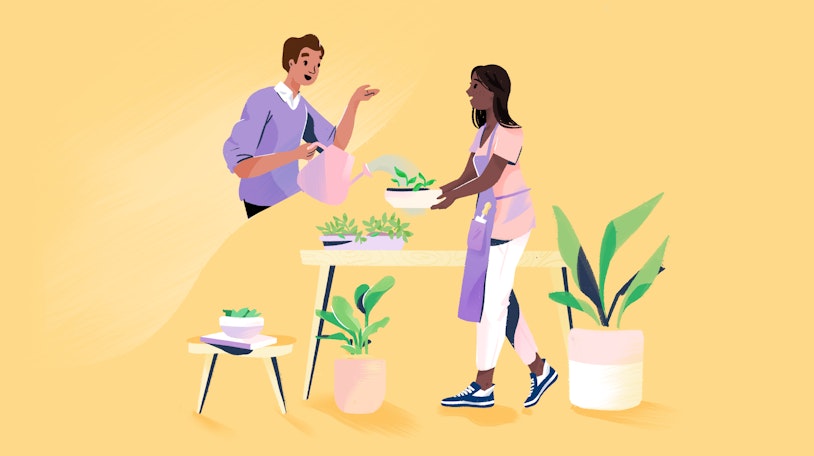For most SaaS businesses, churn and retention are vital metrics used to gauge how healthy the business is.
What they often can’t do, however, is inform you of the best approach to proactively improve those — and other — numbers. That’s why we recommend viewing customer retention and churn as starting points in a longer journey toward long-term customer loyalty.
The next stop on that journey is customer stickiness.
Below, we explain what we mean by customer stickiness, plus how SaaS businesses can both improve stickiness and transform it into enduring customer loyalty.
What is customer stickiness?
Customer stickiness is a measure of how likely customers are to continue purchasing your product as the market around it grows more competitive.
Sticky products and brands offer some specific value that inspires customers to stick with them (pun intended). That value can be a variety of things, including price, convenience, customer service, and more.
Customer stickiness vs. customer retention
When a customer repurchases with your business, they’re considered a retained customer. As SaaS teams know, the percentage of customers your business retains is measured as customer retention (and the percentage you don’t retain is churn).
The difference between retention and customer stickiness lies in what retention leaves out. Customer retention, as its own metric, doesn’t tell you why a customer stayed with your business or product.
Customers can be retained for all kinds of reasons, including a lack of viable competitors in the market on one end of the spectrum and deep, enduring customer loyalty on the other end.
By measuring customer stickiness, you can develop a better understanding of what retention means to your customers — why do they come back? That understanding is absolutely key to growing retention and loyalty.
Customer stickiness vs. customer loyalty
Customer stickiness sounds a lot like customer loyalty, but there is a distinct difference between the two:
Sticky customers are customers who continue paying because of convenience or value.
Loyal customers are customers who love your product so much that they don’t bother considering alternatives.
Note that customer stickiness happens because of some key benefit or value customers get from your business that they can’t get elsewhere. That could be better customer support hours, a lower price, a platform you support that your competitors don’t, or any number of other things.
Customer loyalty, on the other hand, requires a deeper relationship with the customer. When a customer is truly loyal, the transactional details matter less because your brand offers them “a genuine emotional bond, and the higher value of trust.”
In other words, loyal customers trust your brand and your products. They won’t churn just because a new competitor offers lower prices than you or tries to woo them with additional features.
Put another way, customer stickiness is within the realm of your product and service, while customer loyalty is about your brand.
Why is customer stickiness important?
Think of customer stickiness as a stepping stone. Sticky customers are already more likely to become loyal to your brand, and they offer an opportunity to deepen the customer relationship and strengthen the propensity to use your product over time.
That opportunity promises a whole host of benefits for your business, including reduced churn, greater upsell and cross-sell opportunities, increased customer lifetime value, and more customer referrals.
Tips for increasing customer stickiness
Customer loyalty offers a more enduring avenue for keeping customers around for the long term. That said, customer stickiness represents a stepping stone on your way to creating loyal customers.
Increasing customer stickiness helps improve churn rates right now.
With that in mind, here are a few key tips to help you increase customer stickiness for both your product and your brand.
Have a clear unique value proposition
We know that customer stickiness is inherently derived from some specific value customers get from your business or product that they can’t get elsewhere — your unique value proposition (UVP).
Whatever that value is, it’s important that everyone on your team knows about it. Your unique value proposition should power your sales and marketing messaging, and unlocking it should be a key point of focus for customer support and success teams.
It’s also important that your customers know about it. Whether you have the best price on the market, a key feature competitors lack, or something else, reminding customers of what they can’t get anywhere else will help boost customer stickiness.
Onboard new customers into sticky ones
If your UVP is based on some feature or use case of your product, it might not automatically benefit every customer. That’s why it’s your job to unlock that unique value for each of your customers — and onboarding is one of the best ways to do that.
Effective customer onboarding ensures new customers find success and puts them on the right track to get all the value they can from your product.
By offering high-touch, extensive onboarding, you can ensure your stickiest benefits actually stick to customers.
Get proactive about the customer experience
Customer stickiness increases as long as your business remains the rational choice for customers. In other words, customers stick so long as there isn’t a compelling reason for them to churn.
A poor customer experience is a compelling reason to churn — it can mitigate the value (and stickiness) of your UVP and cause otherwise sticky customers to leave.
To avoid that, get proactive about maintaining a positive customer experience. Focus on making every interaction customers have with your product and brand as effortless and valuable as possible.
How to turn sticky customers into loyal customers
Increasing customer stickiness is a great place to start, but as we mentioned before, it’s a stepping stone to a deeper relationship with customers — a step toward building customer loyalty in turn.
Customer loyalty helps ensure your churn rate continues to improve for the long term.
To inspire customer loyalty, you’ll still want to maintain the efforts you took to increase customer stickiness. Those efforts are the foundation for sticky customers:
You still need a compelling unique value proposition.
You still need effective customer onboarding.
You still need to proactively build a positive customer experience.
Below are additional steps you can take to build on that foundation and turn those sticky customers into loyal ones.
Start with the right metrics
If you’re like most SaaS businesses, you’re likely measuring customer retention, churn, and other commercial metrics. While those are beneficial in their own right, they don’t give you a sense of true customer loyalty.
To increase customer loyalty, you first need to have a reliable measure of it. Metrics like Net Promoter Score (NPS) and Customer Loyalty Index (CLI) are great for measuring loyalty.
NPS is based on a one-question survey that asks customers to rate how likely they are to recommend your business or product on a scale from 0-10. Here’s the breakdown:
9 or 10 are your “promoters.”
7 or 8 are “passives.”
0-6 are “detractors.”
Your NPS is the total percentage of promoters minus the total percentage of detractors. In other words, the more promoters you have, the more loyal your customers are.

CLI is a similar but more comprehensive metric that measures loyalty over time. Using a six-point scale, Customer Loyalty Index surveys ask customers how likely they are to:
Recommend your brand.
Buy from you again in the future.
Try other products or services you offer.
The higher your Customer Loyalty Index, the more loyal your customers are.
Build a loyalty program
Building a customer loyalty program incentivizes customers to purchase from your business more frequently and to increase their spending with your business more broadly.
A loyalty program on its own doesn’t often inspire the kind of deep customer relationships we’re talking about here. It can, however, be a valuable tool in encouraging customers to stick around long enough and work with your company often enough to develop the kind of trust and engagement that leads to true loyalty.
Invest in customer success
When we talk about customer loyalty, many of us think about providing top-notch customer service or support. But truly inspiring widespread customer loyalty requires taking a broader, zoomed-out view. That’s what customer success does.
Offering customers great, ongoing support is a part of customer success, but there’s a lot more to success than support. Customer success includes, among other efforts:
Customer onboarding.
Ongoing product training.
Creating a regular dialogue with customers.
Letting customers define their “success.”
Building customer relationships that go well beyond the transaction.
Working together with sales, marketing, support, product, and teams all across the organization.
From new customer to sticky customer to loyal customer
As the oft-cited statistic tells us, it’s much easier (and cheaper) to retain customers than to acquire new ones. That’s even more true for SaaS businesses focused on increasing retention and reducing churn.
By focusing on making existing customers stickier, you can take a vital first step toward encouraging long-term customer loyalty — the kind that helps to grow your business.






